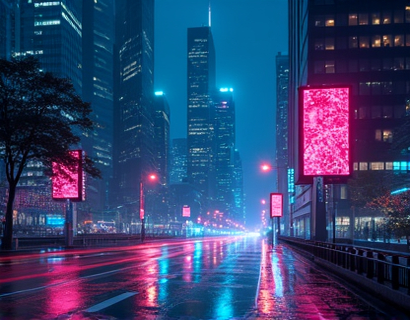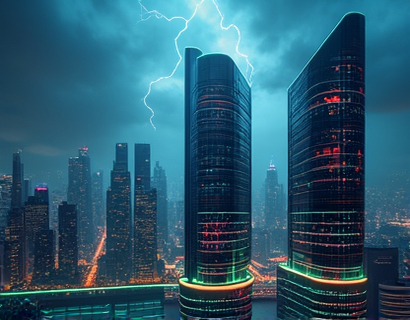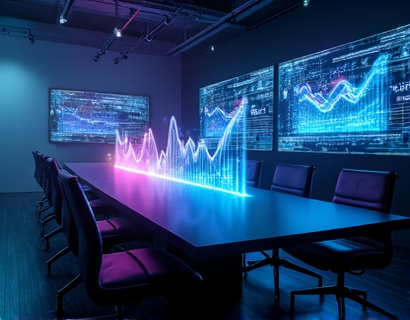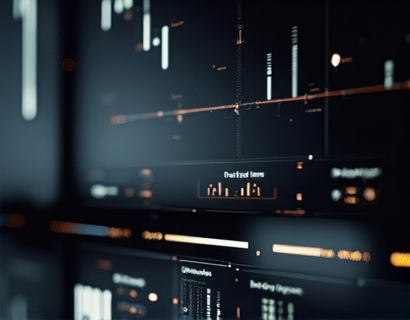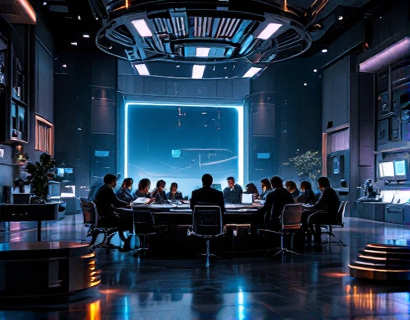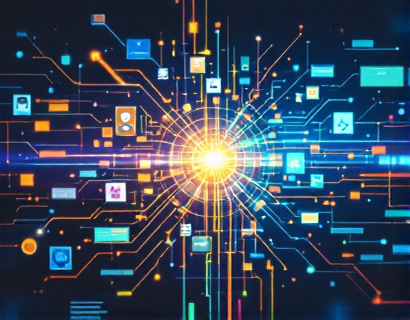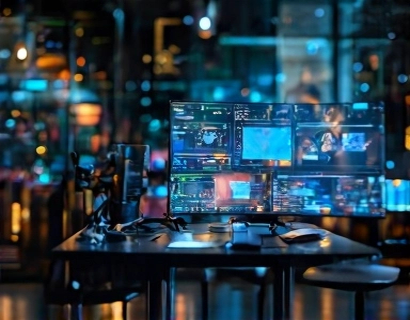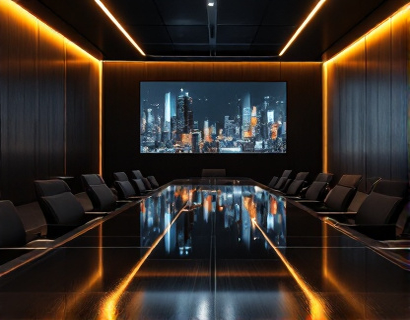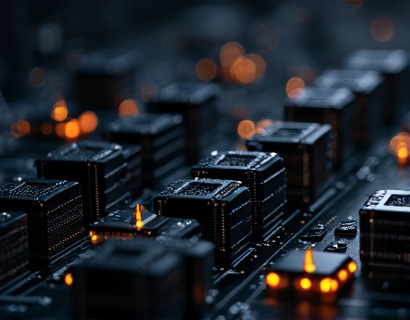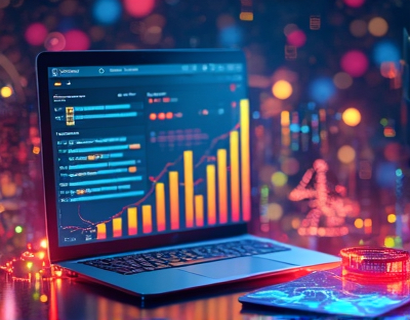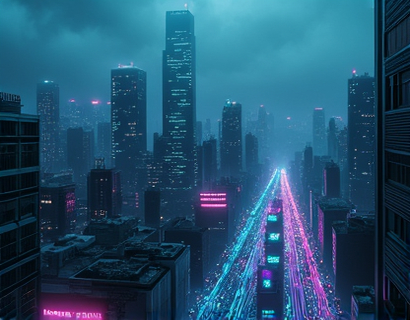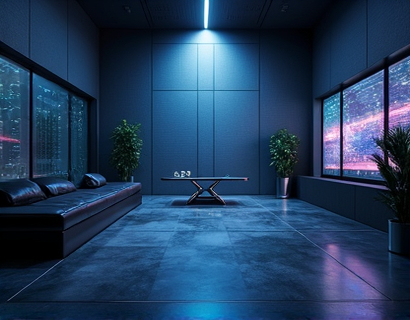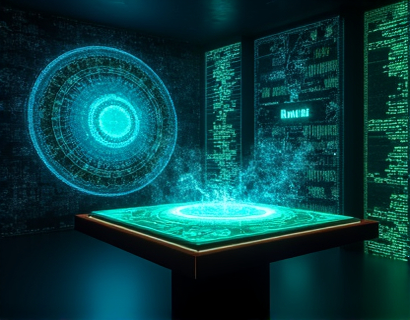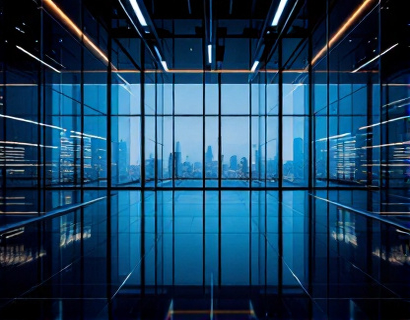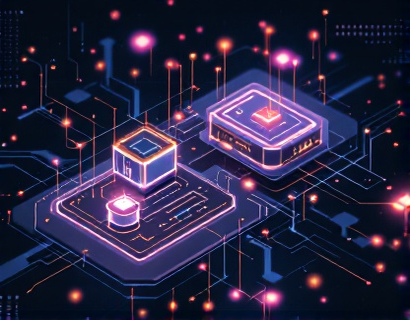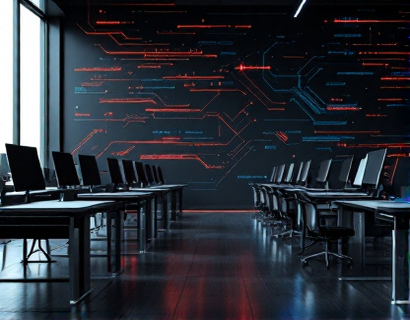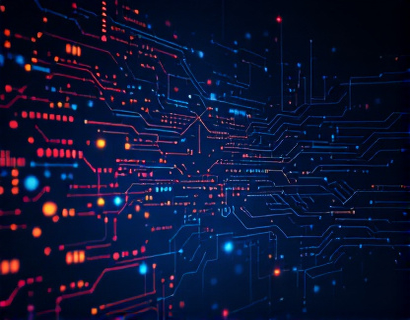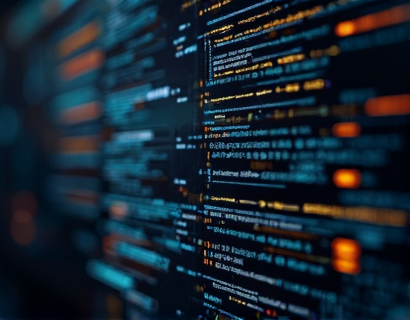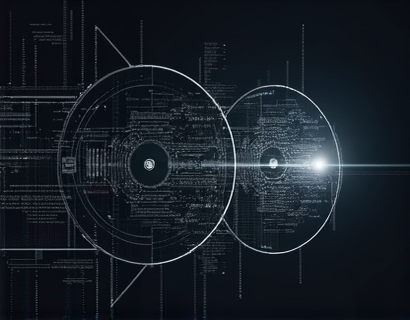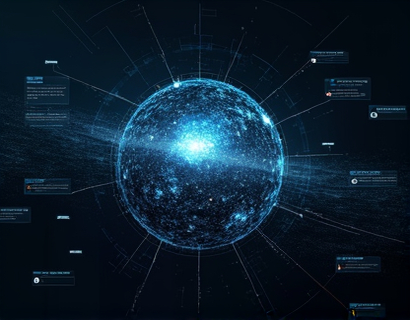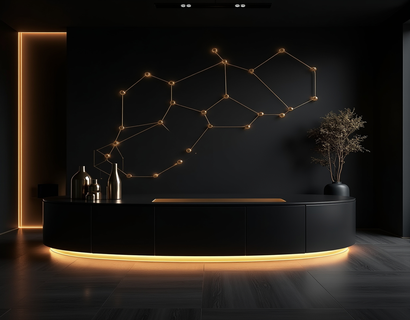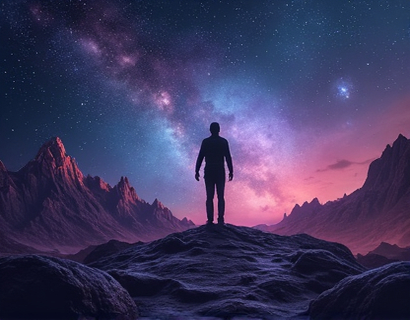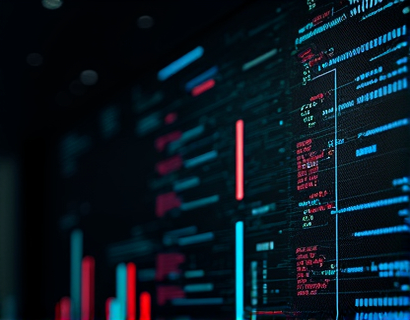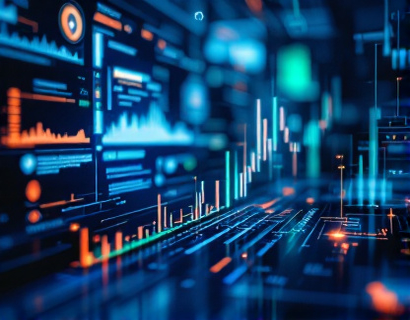AI-Powered Graphic Design: Transforming Creation with Intelligent Online Tools for All
The integration of Artificial Intelligence in graphic design has revolutionized the way we create visual content. This technological advancement has made it possible for anyone, regardless of their design expertise, to produce professional-quality graphics with ease. The emergence of intelligent online tools has democratized graphic design, breaking down barriers and making sophisticated design capabilities accessible to a broader audience. This shift is not just about simplifying the design process; it's about empowering individuals and businesses to express their brand and vision more effectively.
Demystifying Graphic Design
Traditionally, graphic design required a deep understanding of design principles, software proficiency, and creative skills. These requirements often limited access to professional-grade design tools to those with formal training or extensive experience. However, with the advent of AI-powered graphic design tools, the complexity of design software has been significantly reduced. These tools use machine learning algorithms to understand design elements, patterns, and user preferences, allowing them to generate high-quality visuals based on simple inputs. This means that even those without a design background can create compelling graphics that resonate with their audience.
Key Features of AI-Powered Design Tools
AI-powered graphic design tools come equipped with a range of features that make the design process more intuitive and efficient. One of the most notable features is the ability to generate design suggestions based on user inputs. For instance, a user can describe the type of graphic they need, such as a social media post or a logo, and the tool will provide multiple design options. These options are not only aesthetically pleasing but also aligned with current design trends, ensuring that the final product is both modern and impactful.
Another key feature is the use of AI to automate repetitive tasks. Elements like color matching, typography pairing, and layout optimization are handled by the algorithm, saving users countless hours of manual work. This automation allows users to focus on the creative aspects of their projects, such as refining the design or incorporating unique elements that reflect their brand's personality.
User-Friendly Interfaces
The user interfaces of these AI-powered tools are designed to be intuitive and user-friendly. Most platforms offer drag-and-drop functionality, making it easy to add and manipulate design elements without needing to know complex software commands. The interfaces are often accompanied by guided tutorials and tips, helping users get started quickly and efficiently. This accessibility ensures that even those with minimal design knowledge can produce high-quality graphics.
Customization and Flexibility
While AI-generated designs are impressive, the best tools also offer a high degree of customization. Users can adjust colors, fonts, and other design elements to match their specific needs and brand guidelines. This flexibility ensures that the final product is not only visually appealing but also consistent with the user's overall brand identity. Additionally, many tools allow for the import of existing assets, such as logos and images, making it easy to integrate new designs into existing projects.
Applications Across Various Industries
The versatility of AI-powered graphic design tools makes them suitable for a wide range of applications. For graphic designers, these tools can serve as a powerful extension of their creative toolkit, allowing them to produce designs faster and explore new ideas more freely. Marketers can leverage these tools to create engaging social media content, email campaigns, and advertising materials that resonate with their target audience. Small business owners can use these tools to develop professional-looking logos, business cards, and website graphics without the need for a dedicated designer.
Content creators, whether they are bloggers, YouTubers, or podcasters, can benefit from these tools by producing eye-catching thumbnails, social media posts, and promotional materials. Educators can create visually appealing presentations and educational materials, enhancing the learning experience for their students. Non-profit organizations can use these tools to design impactful fundraising materials and awareness campaigns. The list of potential users is vast, and the benefits are equally widespread.
Time and Cost Efficiency
One of the most significant advantages of AI-powered graphic design tools is the time and cost savings they offer. Traditional graphic design processes can be time-consuming, requiring multiple iterations and expert input. With AI tools, the design process is streamlined, reducing the time needed to produce high-quality graphics. This efficiency translates to cost savings, as businesses and individuals can create professional-grade content without the need for expensive design services.
For small businesses and startups, this is particularly beneficial. Budget constraints often limit the amount of design work that can be outsourced, but with AI-powered tools, these organizations can maintain a high level of visual quality without breaking the bank. This democratization of design resources helps level the playing field, allowing smaller entities to compete more effectively with larger companies.
Enhancing Creativity and Innovation
Contrary to the concern that AI might stifle creativity, these tools actually enhance the creative process. By handling the technical aspects of design, AI tools free up users to focus on the creative vision and strategic elements of their projects. This separation of tasks allows for more innovative and thoughtful design decisions. Users can experiment with different design concepts quickly and easily, fostering a more iterative and creative approach to design.
Moreover, AI algorithms can analyze user preferences and design trends, providing insights that can inspire new creative directions. This data-driven approach to design can lead to more effective and engaging visual content, ultimately enhancing the user's brand presence and audience engagement.
Challenges and Considerations
While AI-powered graphic design tools offer numerous benefits, there are also challenges and considerations to keep in mind. One potential issue is the risk of over-reliance on AI-generated designs, which might lead to a lack of originality or unique artistic expression. To mitigate this, it's essential for users to use these tools as a starting point and then refine and personalize the designs to better align with their brand and message.
Another consideration is the quality of the generated designs. While AI algorithms have made significant strides, they may not always produce designs that are perfectly tailored to specific niche markets or highly specialized brand identities. In such cases, professional design input may still be necessary to ensure the final product meets the desired standards.
Future Trends in AI-Powered Graphic Design
The future of AI-powered graphic design looks promising, with ongoing advancements expected to further enhance the capabilities of these tools. One area of development is the integration of more sophisticated machine learning models that can better understand context and user intent. This will enable the creation of even more personalized and contextually relevant designs.
Another trend is the incorporation of voice and gesture-based interfaces, making the design process even more intuitive and accessible. As technology continues to evolve, we can expect AI-powered design tools to become even more seamless and user-friendly, further breaking down the barriers to entry in the world of graphic design.
Conclusion
AI-powered graphic design tools are transforming the way we create visual content, making professional-grade design accessible to everyone. These tools not only save time and reduce costs but also empower users to express their creativity and brand identity more effectively. As the technology continues to advance, the potential for innovation and improvement in graphic design is vast. Whether you are a seasoned designer or a casual user, embracing these intelligent design tools can significantly enhance your creative projects and help you achieve your visual goals.




